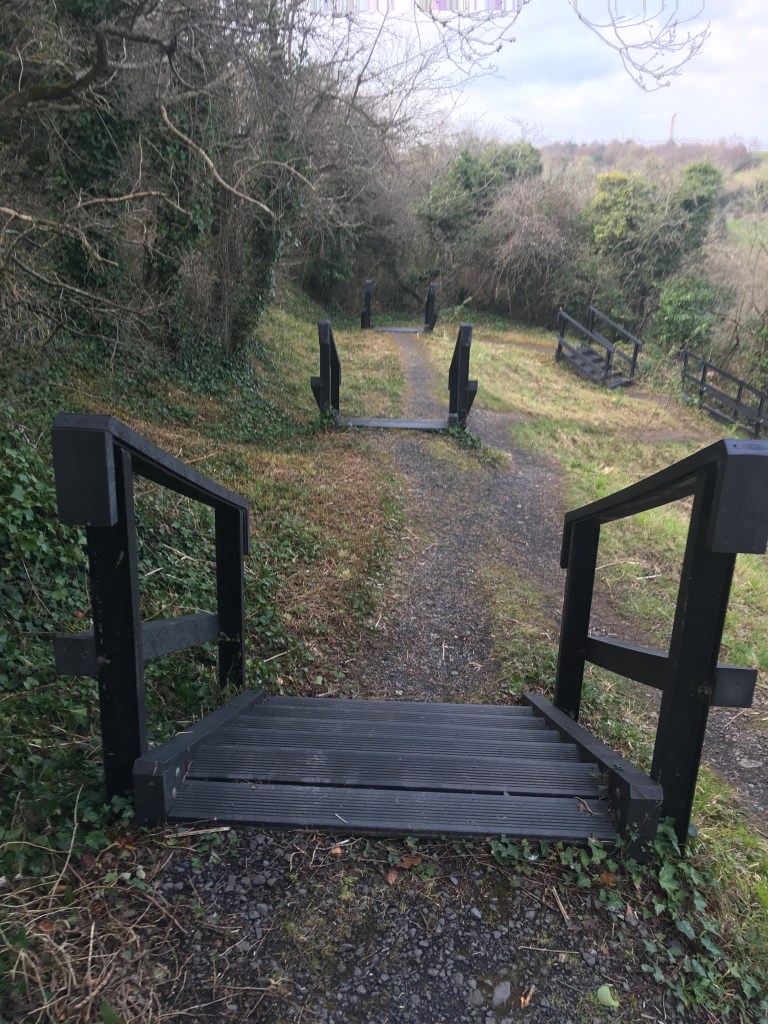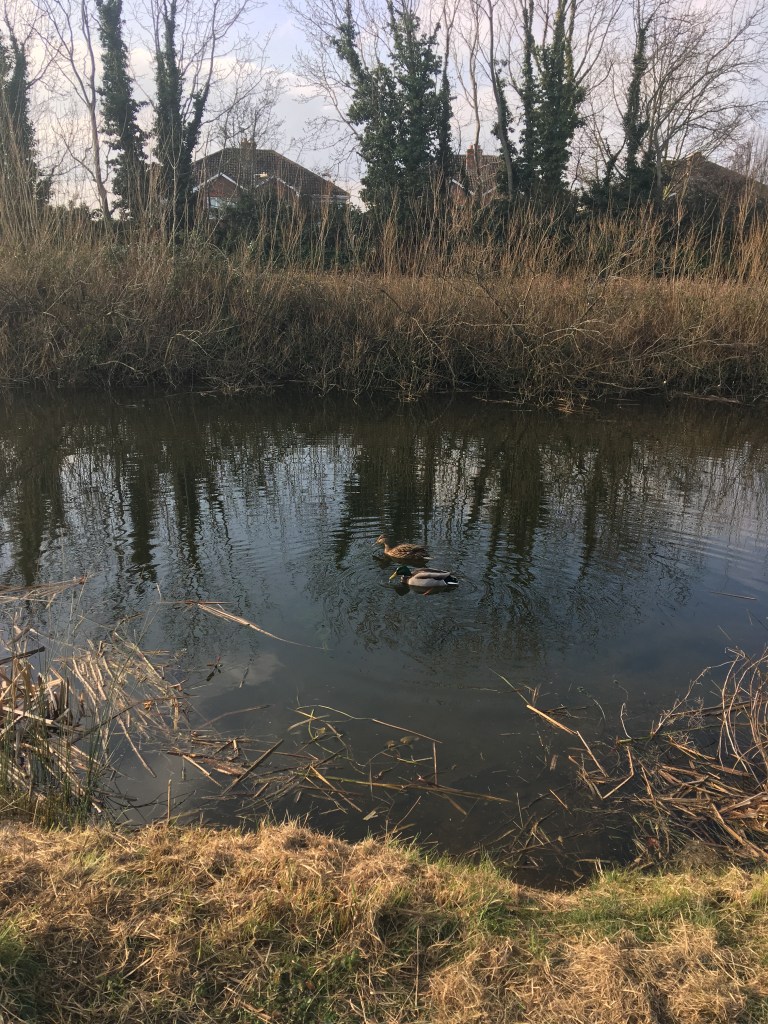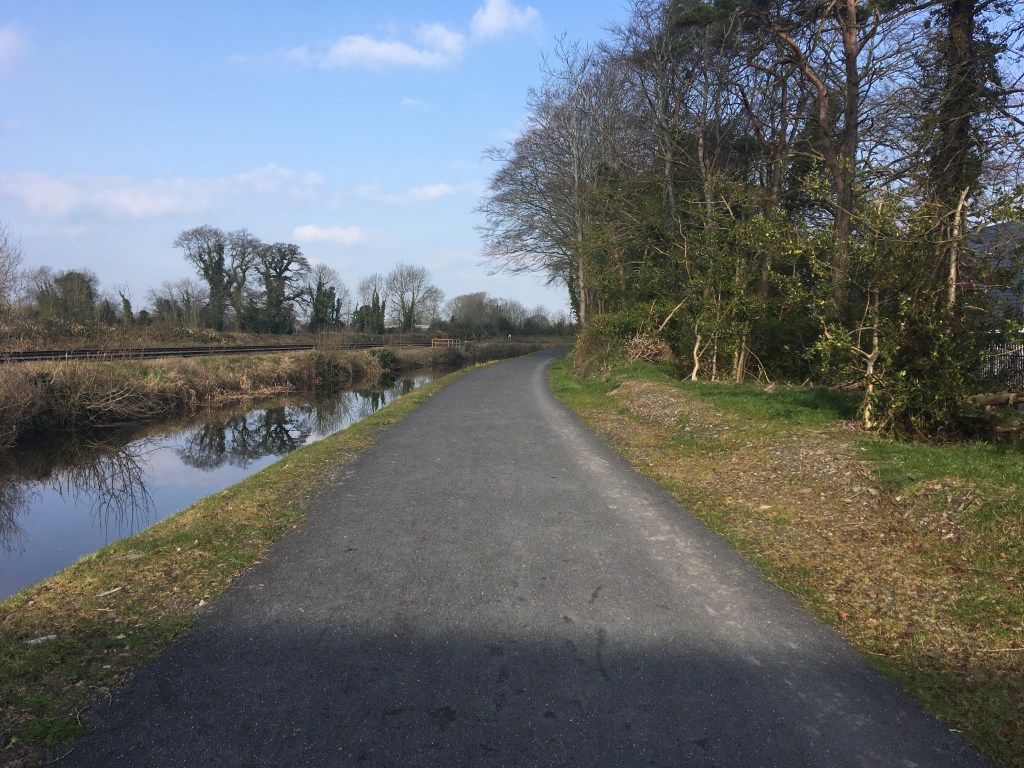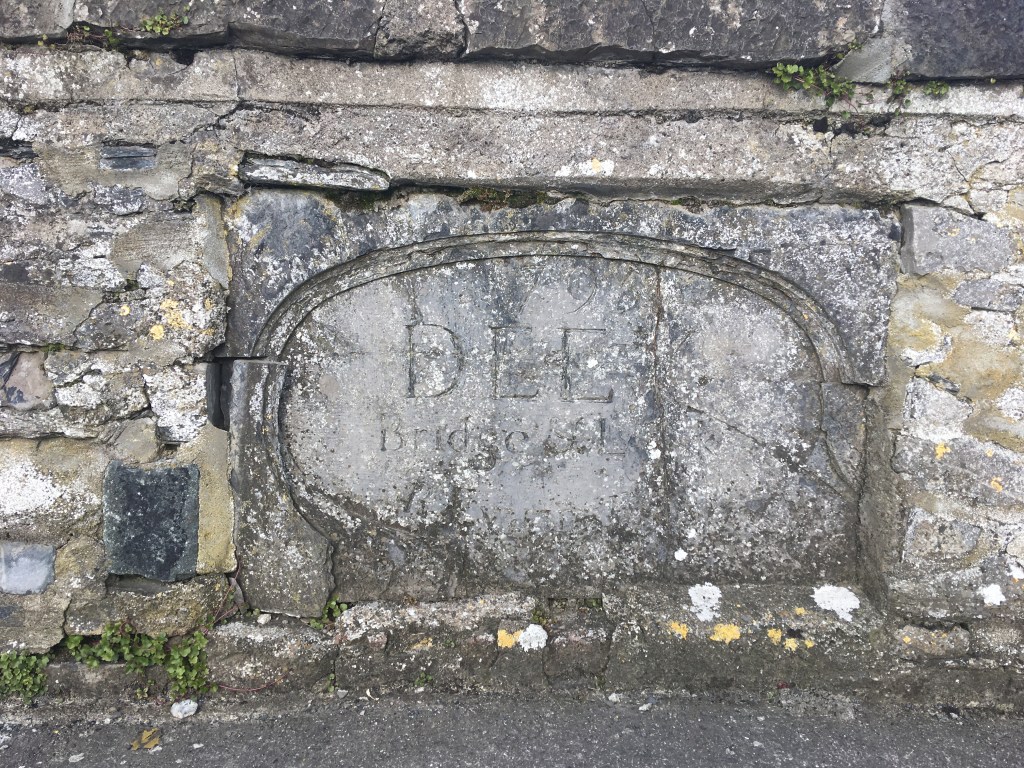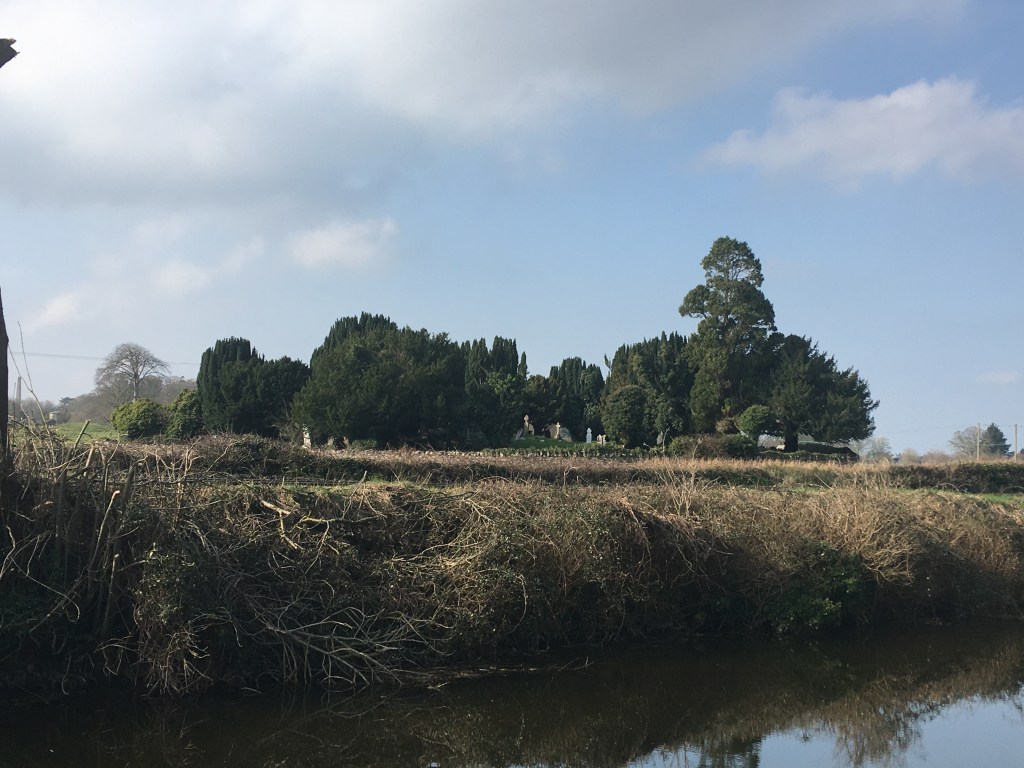Back at the end of the summer when things were looking more promising, I signed up for Run the Line which is an annual race in the Dublin Mountains to raise funds for Dublin Wicklow Mountain Rescue.

Several of my friends have done this race over the years and it was always one I wanted to do so when I knew one of them was giving it another go I threw my hat into the ring for the short (13km) course. Of course my ego objected at the time saying if I’m paying money to do an event I may as well do the full course (26km) but with several niggles at me most this year, sense prevailed, I stuck with the short course and anyway I wasn’t paying money to do an event, I was contributing to a very worthy cause who not only provide an essential life saving service but also host the event in the first place.

Alas, so it was to be, a few days after I signed up for the event, due to be in late November, Kildare went back into lockdown, something it never really got back out of yet as it went from level 3 to level 5 and back to level 3, all requiring that I stick in Co. Kildare. It wasn’t long before the actual event was changed to a virtual event where you could do either the long course or the short course in your own locality.

So on the weekend that the event was due to be held, myself and an intrepid Leixlip man (yet another one) decided that we would do our virtual run in the grounds of Carton House which has several mucky trails. We might not get the hills but at least we would get the muck! All the better too after I went and bought my first ever decent pair of trail runners before the event went virtual so there was no way I was going to let them stay clean.

Now lets remember that this website is about a canal based runner and canals being what they are, they were built on the flattest possible level between two points. That is to say that while I have delusions of grandeur of me scaling the Leadville 100, I am not a hill runner. The small climbs within the walls of Carton Demesne were enough to make me breathless.
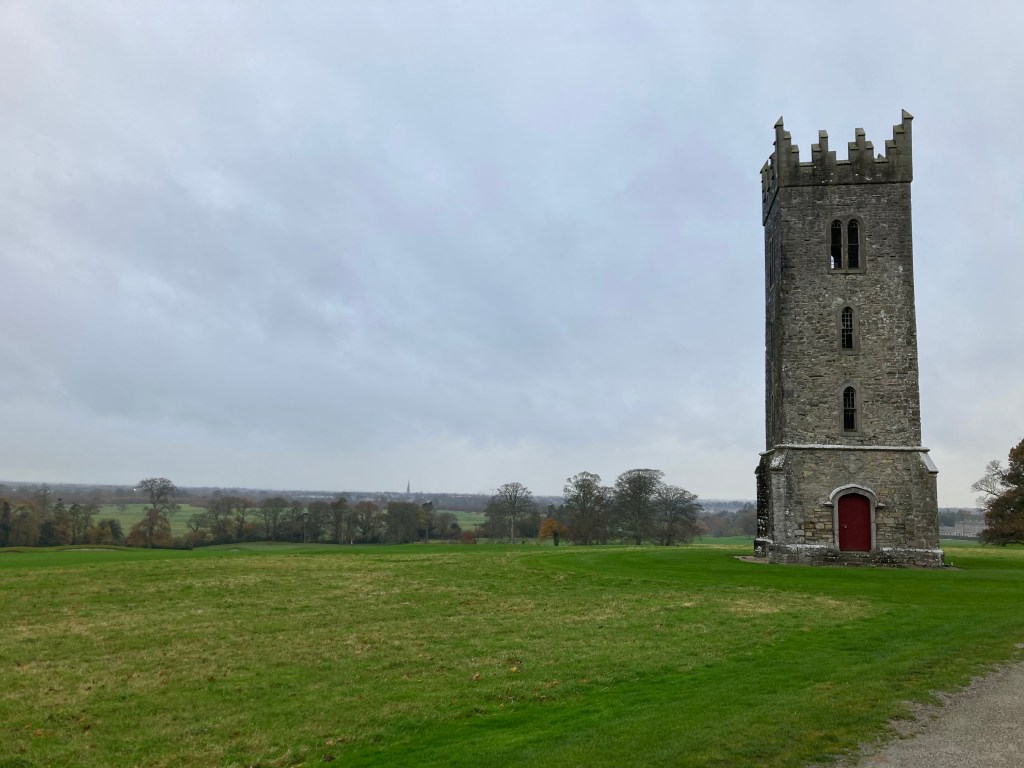
In the end I had completed a 13km run down Carton Avenue, sticking to the inside of the perimeter wall, through the forest, around the lake, up to Tyrconnell (Prospect) Tower, past the back of Carton House and returning along the wall to the finish. Run done, muddy trails traversed, hot chocolate in hand, I submitted my virtual time to the website, waited for my t-shirt to be posted out and thought no more of it.

A few weeks pass, the level 5 restrictions are lifted and I get a text from the intrepid Leixlip man suggesting that we should now go do the actual route, you know, so we could truly say we earned our t-shirts. He already had done the route so had an idea of it (more or less) and if we went off course he had the gpx file on his watch. Sure why not, what else would you be doing on a Sunday morning in December.

We set off from Leixlip at 7:30 for Johnnie Fox’s Pub, the highest pub in Ireland (may be disputed by Kerry natives) not far from the Run the Line start line. As my companion and navigator ignored his cars GPS and drove on towards Bray with his mind on Glendalough I might have felt we were getting our navigation problems out of the way early but sure isn’t that the fun of it. It wasn’t long before we turned around and were on the road to Glencullen. As we ascended above Kilternan the roads were icy and needed caution, we weren’t at sea level any more. Not long after we slid into the car park of the pub, donned our trail runners and were ready to Run the Line.
Run the Line starts on the grounds of Glencullen Adventure Park (The GAP), an amazing bike trail facility that I am tempted (though not sure I would be confident enough) to try at some point in the future. In his excitement to get going my companion pulled up the gpx route on his watch but forgot to start it. Off we went. As well cleared the Adventure Park buildings we entered the forest. Having done the course before, my navigator was sure we went through a section of this forest so not long after we reached it we are running through the trees, jumping over roots and branches, generally enjoying the freedom that we have so long sought in 2020. It was one of those moments when you actually had to stop and marvel at your surroundings.

It was around the time that I stopped to take the above photo that I realised we had more or less turned 180 degrees on ourselves. Moments later we emerged about 50 meters away from where we first entered the forest. Even with a gpx file, it seems neither of us could be trusted on an unmarked course. It soon became apparent that half the forest had been cut down in the year since the last event and the route we were to take was no longer through the forest but rather alongside it. It didn’t take long to get back on course and head steadily upwards towards Fairy Castle.

Back on open ground we could see we were now above the fog below with blue skies above. It was still early enough that not many were out. We only encountered two others on our way up to Fairy Castle. It was at this early point that reality hit that I was glad I had not signed up for the 26km route. As I said previously I train mostly on the flat and while I have done a few hilly road marathons like the nearby Lap of the Gap, I was in uncharted territory. I know for Irish Mountain Runners Association (IMRA) runners this is a bread and butter route but my lungs were working hard. I had to keep FKT podcaster Buzz Burrell‘s favourite phrase of ‘perpetual forward motion’ in my mind, the idea that thru-hikers often out pace ultra-runners on long distance simply by never stopping. Of course then my mind would circle around to the fact that this was a 13km hill run just beyond Dublin city limits and not in the Rockies above Boulder, Colorado.

We crossed over the bog land to Fairy Castle were there were a good number of people gathered enjoying the fresh morning, most likely having come up from the Ticknock side of the climb. Rightfully so my companion didn’t want to stick around a crowded place and proceeded to run on as I briefly stopped to take a picture of such poor quality I won’t even share it here. I then took off in hot pursuit on the trail path down hill. Soon enough both of us were taking advantage of the descent, brimming with over-confidence I leaped and jumped happily wishing every other walker and runner a good morning on my way by. The route was clear enough that I even ventured out in front for a while. Eventually we came to a fire road that split in various directions and I halted to seek guidance. Of course I missed the most obvious path, not because it was wide or well trodden, but rather because it went straight up.

I can’t lie, I was moving at a snails pace for a while here and don’t know if I would have been able to move any faster had I indeed been racing the route. All I do know is that I was having a lot of fun and this is definitely something I want to do more of. Of course with every climb comes a down hill and soon we were on to the most technical descent of the day. How people were cycling up it was beyond me. Even on the down hill as we approached the radio masts we had a clear view across south Dublin and the stacks at Ringsend, part of my running clubs logo in Dublin Bay Running Club.

Looking at my watch we still had some 3km to go and I know that my running buddy had previously completed the course in less time than we were out now so I was more determined to keep moving at as quick a shuffle as I could, albeit stopping to take the occasional photo. My navigator had now gotten used to how the map worked on his watch so less time was spent making sure we were on the right track. The small mercy I had, despite his ability to leave me behind, was I was the one with the key to the car. We descended down another fire road which lead us back to the forest where we started.
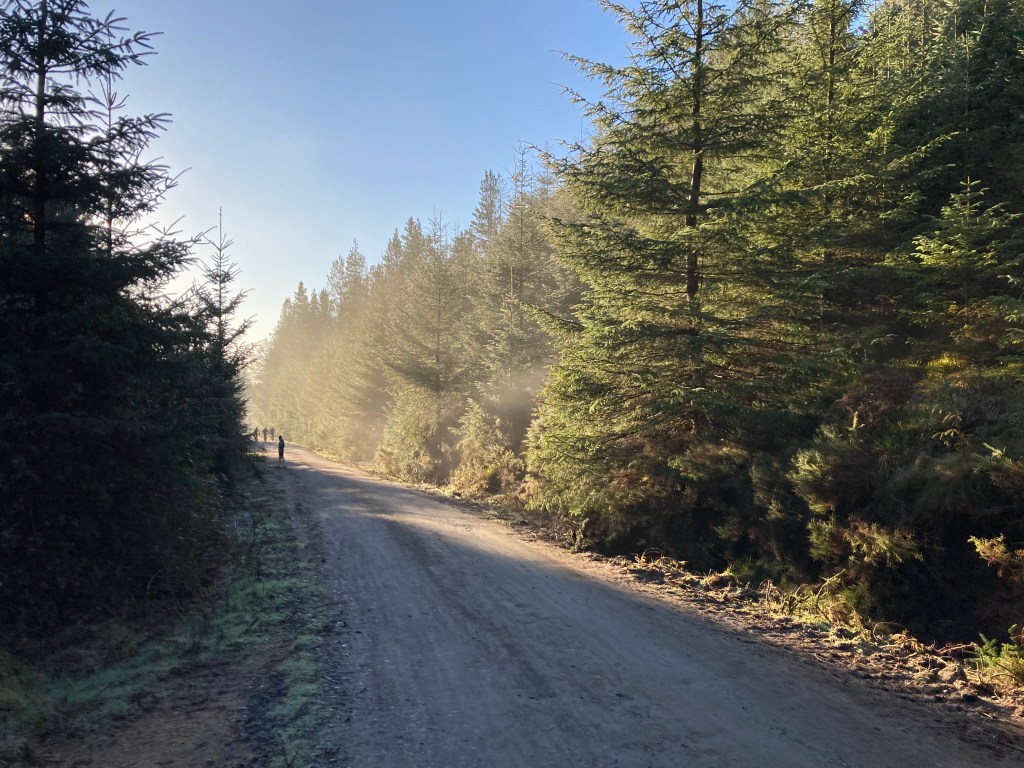
Pace quickened as we descended back down alongside the Mountain Bike trails back to the adventure park. Finally I had earned the t-shirt by completing the route (with a little extra forest loop). But lets be honest, that is not what was on my mind. When we started out I was told the cafe in the GAP does an amazing burger. I knew it would be open now so I was hoping a hot chocolate could at least be secured, possibly more. What awaited me was a breakfast bap of mammoth proportions which in and of itself would be enough to guarantee my return.

I was left in no doubt that this was an experience that I will return to and I look forward to doing Run the Line in the future. Knowing the route now is also an incentive to do more hill training so I know I can give it a proper go. Many thanks to my guide, navigator and driver for the day who also put up with my slower pace. He may have taken the occasional wrong turn but sure I did the same to him on the canal… and that’s a straight line!





